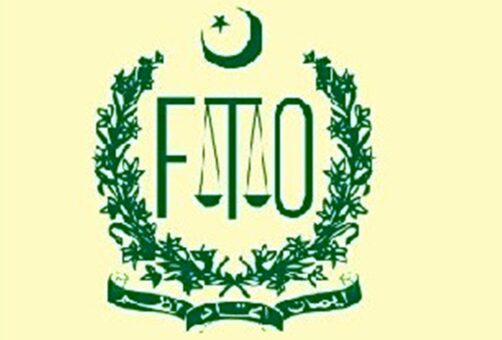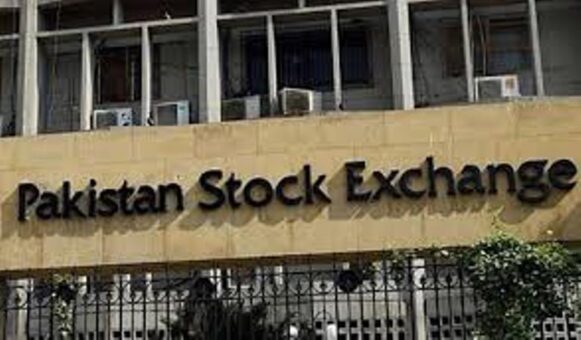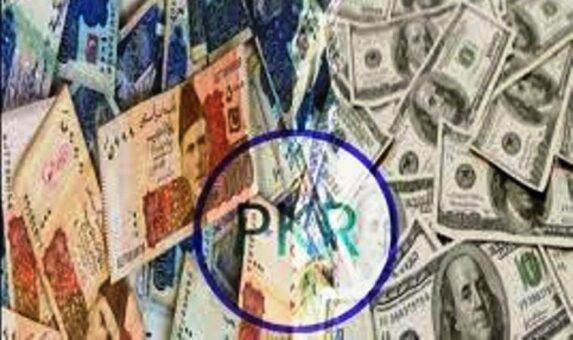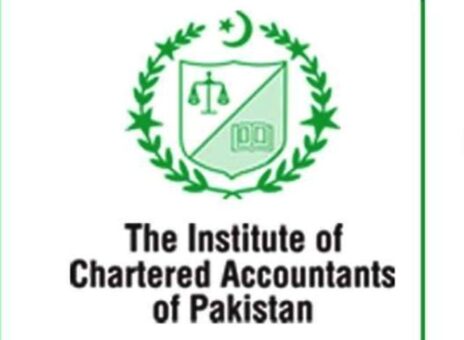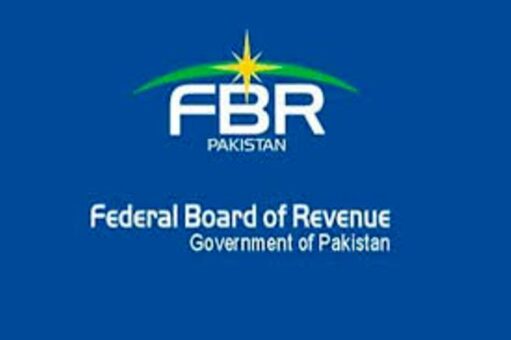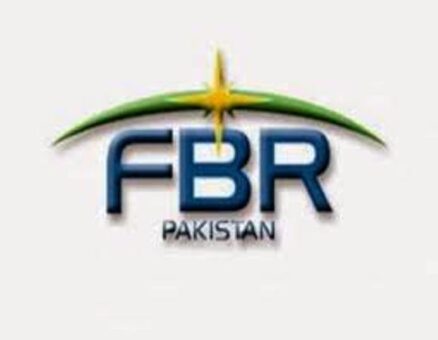KARACHI: Federal Tax Ombudsman (FTO) has directed tax authorities to initiate criminal proceedings against officials involved in processing bogus sales tax refunds.
In an own motion in bogus refunds, the FTO observed that failure of the Regional Tax Office (RTO)-II Karachi to initiate action against the persons/officials involved in registration of fake refund payment and retrieval of refund already issued prior to issuance of red alert, was tantamount to maladministration.
The FTO ordered the FBR to:
— direct the Chief Commissioner Inland Revenue, RTO-II Karachi to investigate and identify the officials involved in registration of fake RP and initiate legal action against those found involved;
— identify the officers/officials who were involved in processing bogus sales tax refund on the basis of fake and flying invoices and issuing refund pertaining to tax period August 12 and take appropriate criminal/disciplinary action against them.
— initiate appropriate action including criminal proceedings leading to prosecution of RPO and recovery of amount of Rs3 million, swindled from public exchequer.
The FTO directed the tax authorities to ensure compliance of the order within 45 days from the issuance of the order i.e. February 24, 2020.
The tax ombudsman in its own motion initiated investigation in irregularities committed by the FBR field formations in processing and sanctioning of bogus sales tax refunds during the period 2011-2014 identified by Directorate General Intelligence and Investigation of FBR and ‘Red Alerts’ were issued to the field formations concerned but neither any action was initiated against the fake claimants nor their connivers in the department, who were involved in bogus registration, processing and sanctioning of fraudulent refund and issuance of refund cheques, nor against the related officers/officials of bank branches concerned and PRAL management.
The FBR issued the instance order in the case of M/s Victory International, engaged in the manufacturing of plastic products.
The investigation of I&I FBR revealed that the RP got registered on November 11, 2010 as a manufacturer of plastic product but claimed refund of Rs3 million for tax period August 2012 on the basis of fake invoices issued by irrelevant suppliers from paper, steel, electric sectors therefore the whole activity chain was treated as engineered with aim to obtain illegal refund.
